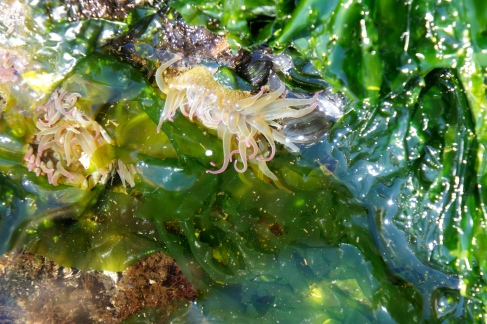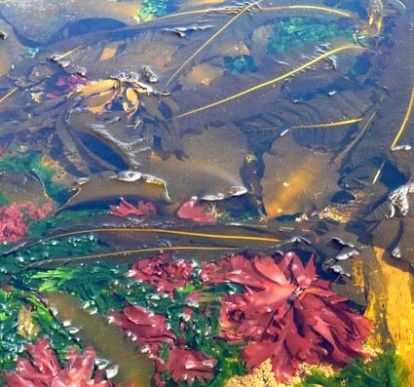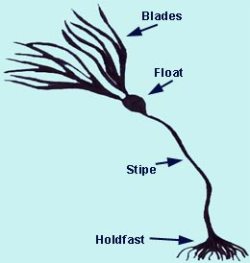My Lead Science Cutie on staff (who I pay with milkshakes and bizarre postcards) has given me an excellent topic. Recently I chose to donate to a group looking to limit/control the dumping of human waste into the ocean from cruise ships. Science Cutie naturally wondered how big an impact this could have on a body of water as large as the ocean. My answer was “very” and “because eutrophication”.
Eutrophication is enrichment of an aquatic environment with nutrients. It’s natural in lakes and ponds over time, I’m sure most people reading have been around some stinky, algae filled ponds in their time and will have seen what I mean (even if you didn’t all know it at the time). Besides clouding the water and filling pond and lake bottoms with sediment, thereby reducing clarity (and light available underwater), eutrophication allows algal blooms to flourish and grow. Without enough light, they’ll start consuming oxygen. During particularly intense eutrophication, this can essentially suffocate other species.
This can radically change a habitat, but natural eutrophication is VERY slow, and though the build-up of sediment and nutrients may result in the lake or pond disappearing completely, local species have been adapting along with the changing water body. I mean, the fish and stuff are toast, but the lake/pond would have been supporting less and less of those things for a WHILE. But then there’s Unnatural eutrophication…That is, human-induced eutrophication.

Now we get to the cruise ships…
Human-induced eutrophication is a result of organic pollution, as with agriculture runoff or the dumping of human waste from ships or poorly managed sewers. Dee-lightful. Besides the aforementioned depletion of oxygen and light availability, toxic algae and bacteria can effectively poison local species. In the ocean, we are most familiar with this process as Red Tide. Toxins build up in the food chain as predators eat many things with a little toxin, then something bigger eats many of those and so on. This also impacts us because, considering we have found a away to eat almost everything in the sea, our big tasty fish dinner may have consumed enough toxic smaller fish to make it toxic to US. Yay. So now we have Red Tide warnings to let us know when and where we’ve totally messed everything up. If that’s not enough, you see large die-offs as the algal blooms suffocate or poison local species, thereby significantly reducing biodiversity.
Lead Science Cutie is correct that while you may not see the full effect of ocean eutrophication on a global scale, the ocean is composed of many ecosystems supporting a WIDE variety of life on which eutrophication can have a profound impact. Furthermore, if you dump enough waste in one area (as happens when many ships cover the same routes), it will spread. Even if we took the impact on our fishing industry out of the equation, the kinds of dieoffs that result from that are BAD NEWS.
Fortunately, the effects are reversible. However, we should support high water quality standards to allow such affects to reverse where eutrophication has already occurred, and to prevent it from spreading elsewhere.
Which is why I’m going to link to the fundraiser that started all this:
Protect the ocean from raw sewage
Support if you like.
Sources
Mack, Jeremy. 2015. Lake Scientist. Water Quality. “Eutrophication” April 13, 2015 < http://www.lakescientist.com/lake-facts/water-quality/>



